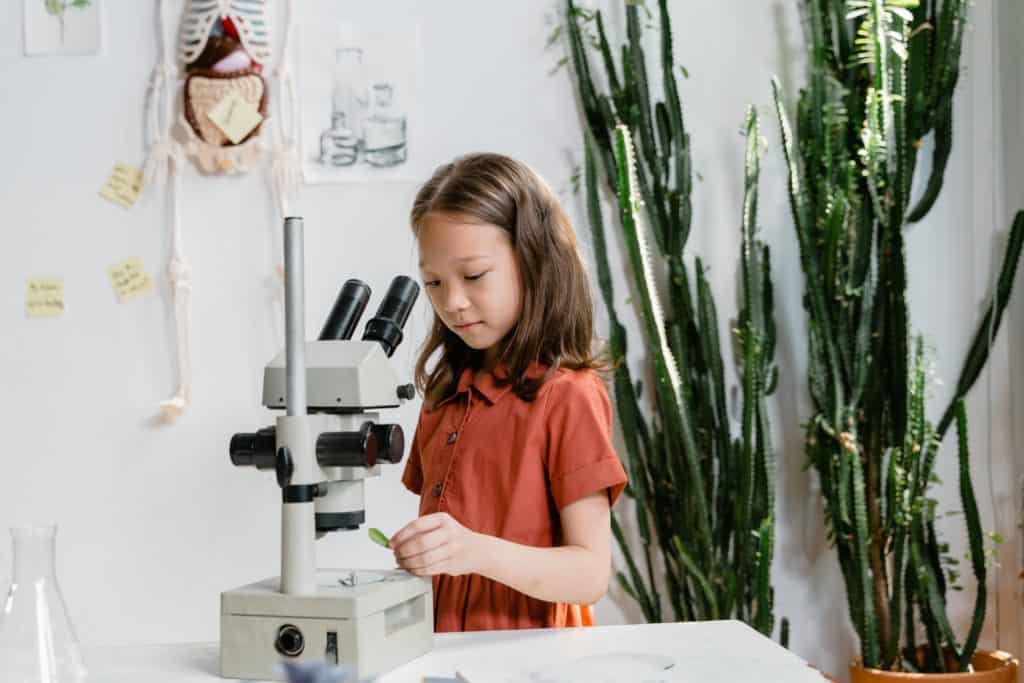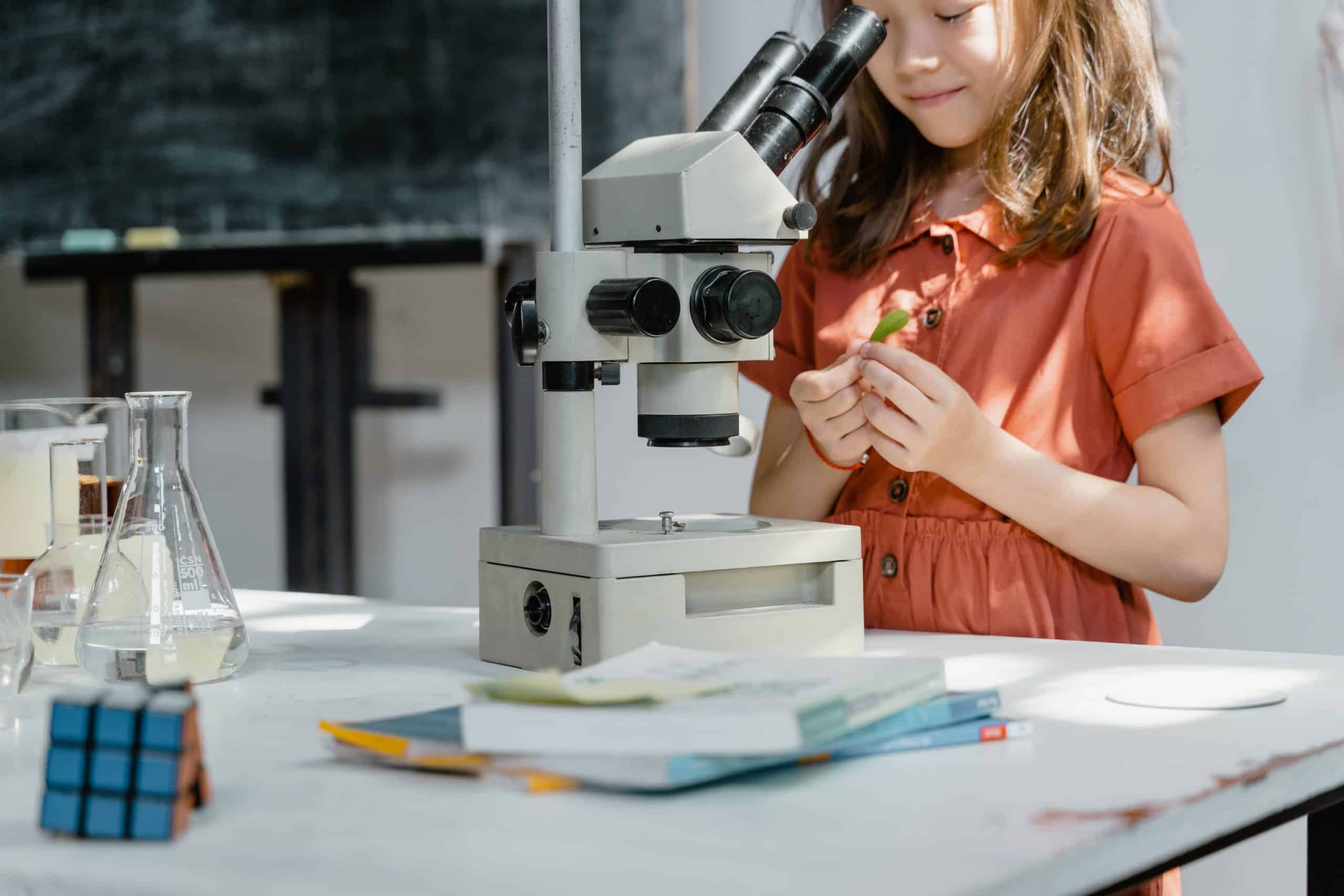First published: 4 February 2022 @ 6:00 pm
Science is all about discovering things that are true. When you do science experiments at home, you can help to discover things that are true.
These science experiments are simple, easy and fun. The good thing about these science experiments is that they will help to enhance your knowledge in various scientific fields.
So, if you are a budding scientist and you want to learn more about various scientific subjects, then you should consider doing these science experiments at home.
Let’s have a look at some of the most popular and fun science experiments that can be done at home.

1. Homemade Lava Lamp
Homemade Lava Lamp is a science experiment that will help you to understand the properties of molten lava. When you make a homemade lava lamp, you will be able to see the characteristics of molten lava.
The amazing thing about this science experiment is that it will help you to learn about the behavior of molten lava and its different forms.
Dissolve baking soda in warm water. Mix this solution with Epsom salt and white vinegar in a bowl. In another bowl, mix corn starch with hot water until it becomes stiff.
Pour this mixture into the bowl containing baking soda and Epsom salt mixture. Now pour the mixture into your lava lamp.
It is best to use any color of a paper towel for this experiment because it will give a better contrast for your science experiment and you can easily observe how the color changes as the reaction takes place in your homemade lava lamp.
You can now turn on your homemade lava lamp and watch how it changes over time due to the chemical reaction taking place in it.
2. Pepper and Soap
This is one of the most simple science experiments, but it can be a very good learning point for kids. All you need for this is a shallow plate, a dish soap, water, and some black pepper.
First, get your plate out and pour water in it until it covers the whole surface. Then, sprinkle some of your black pepper all over the bowl of water. You will see that the black pepper floats on the surface of the water.
Imagine that the pepper flakes are bacteria, and the dish is a dish of germs. Try sticking your finger in the bowl as-is. You will see that nothing interesting happens. Then, smear your finger with dish soap and do the same thing.
The dish soap will make the pepper flakes “run” to the edges of the “dish of germs”. This fun science experiment will be a good way to teach you and your loved ones about the importance of hygiene.
Click on the next page to read more about 4 Useful Science Experiments You Can Do at Home!

